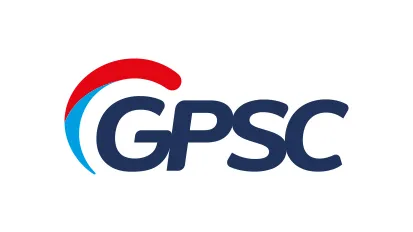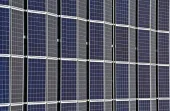
GPSC profit down 70% YoY to $19.3m in Q2 2022
Quarter-on-quarter, the net profit rose 118%.
Thailand-based Global Power Synergy Public Company Limited (GPSC) reported a 70% year-on-year decline in net profit to around $19.3m (THB684m) in the second quarter of 2022 because of the significant increase in the prices of natural gas and coal.
In a statement, GPSC said the price increases resulted in a reduced margin of electricity distribution to industrial customers and a slight dip in the distribution of electricity and steam.
“Owing to the higher fuel prices in the first half of the year caused by the conflict between Russia and Ukraine, the company has closely monitored the situation of natural gas and coal prices,” said GPSC President and CEO Worawat Pitayasiri.
“The company has also planned to place an emphasis on management and optimization in the production process and continue to focus on synergy for effective joint management on electricity and steam network,” he said, adding that they also have taken into account the generation of electricity and steam based on merit order to minimise the production cost.
READ MORE: Global Power Synergy, PEA Thailand collab to be energy suppliers
Despite this, GPSC said it saw an increase in the gross profit due to higher electricity sales volume from higher dispatch mandated by the Electricity Generating Authority of Thailand, resulting in higher energy payment and generations using diesel instead of natural gas.
The Xayaburi Hydroelectric Power Plant also contributed a higher share of profit, according to higher water level compared to the same period last year.
Compared to the previous quarter, the group’s net profit rose 118% YoY due to the contribution of the Xayabiro Hydroelectric Power Plant, the better performance of small power producers, and the increase in electricity and steam sales. The sale of battery-related assets to NUOVO PLUS also contributed to the profit, said Worawat.
The resumption of the normal operation of the Glow Energy Phase 5 power plant also enabled the company “to perform efficient management and deliver power to the industrial customers uninterruptedly.”
GPSC’s total revenue rose 2% quarter-on-quarter to around $781m (THB27.7b).
Despite the improving COVID-19 situation and economic recovery, GPSC said it is still vital to monitor other factors such as inflation that may worsen due to the prices of energy, products, and minimum wages. This also includes the increase in Ft charge from September to December 2022.
$1 = THB35.49



















 Advertise
Advertise






